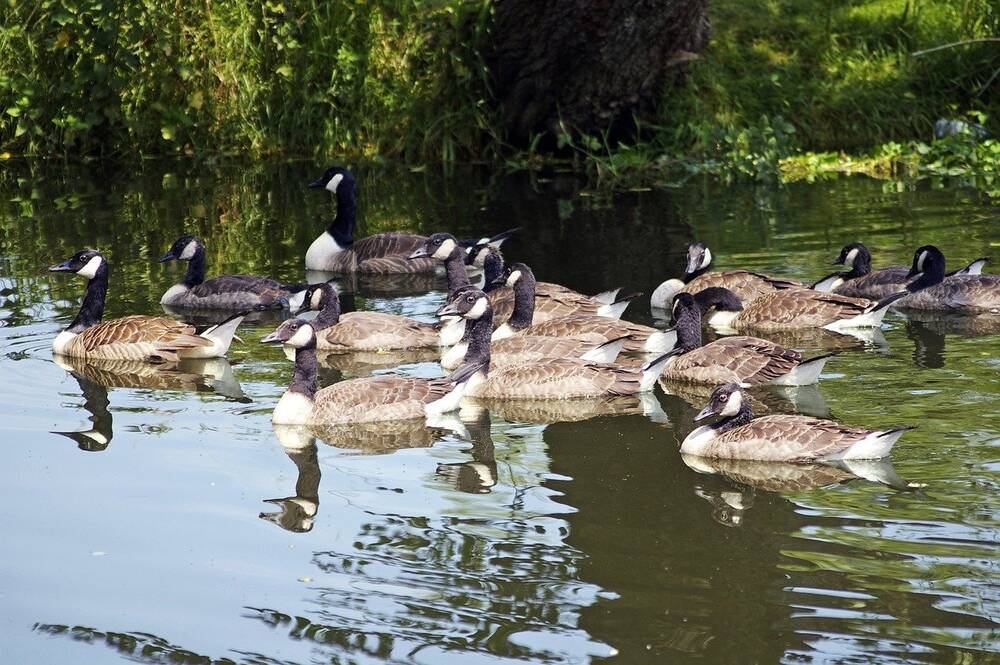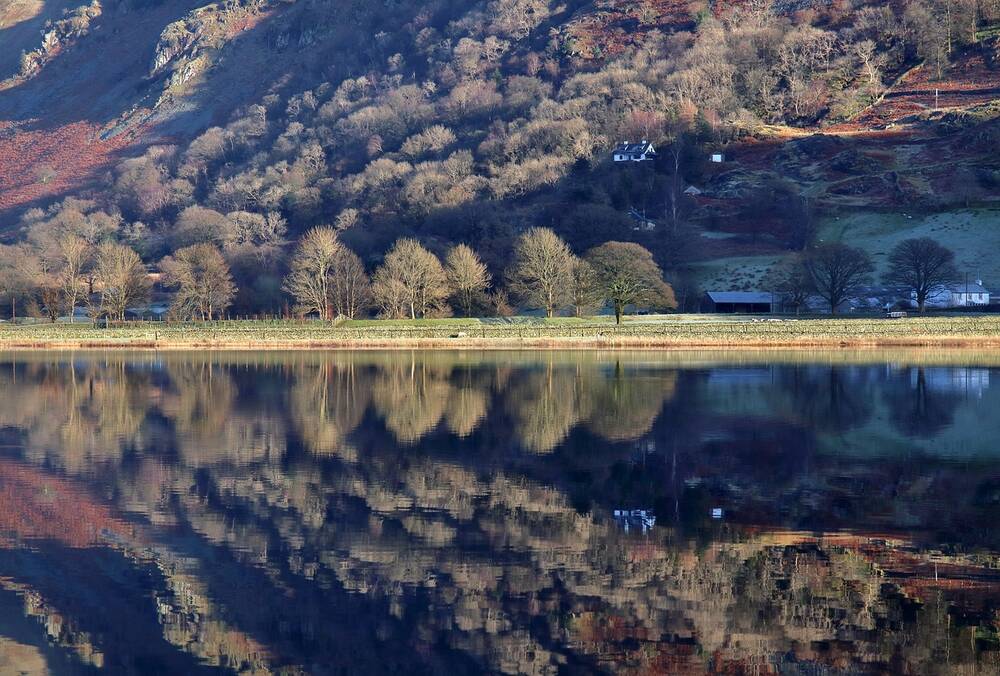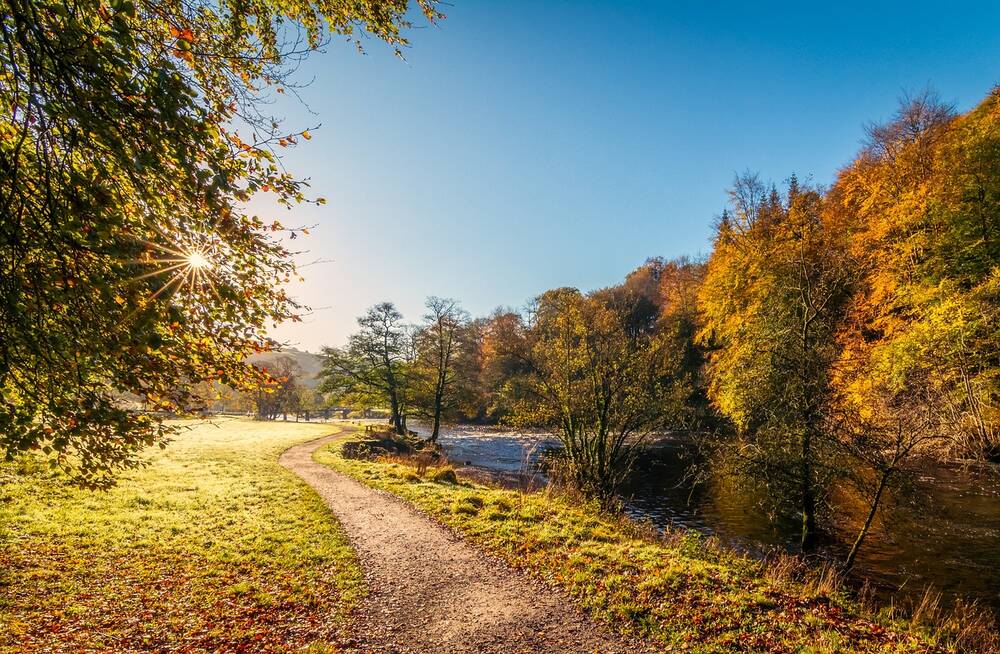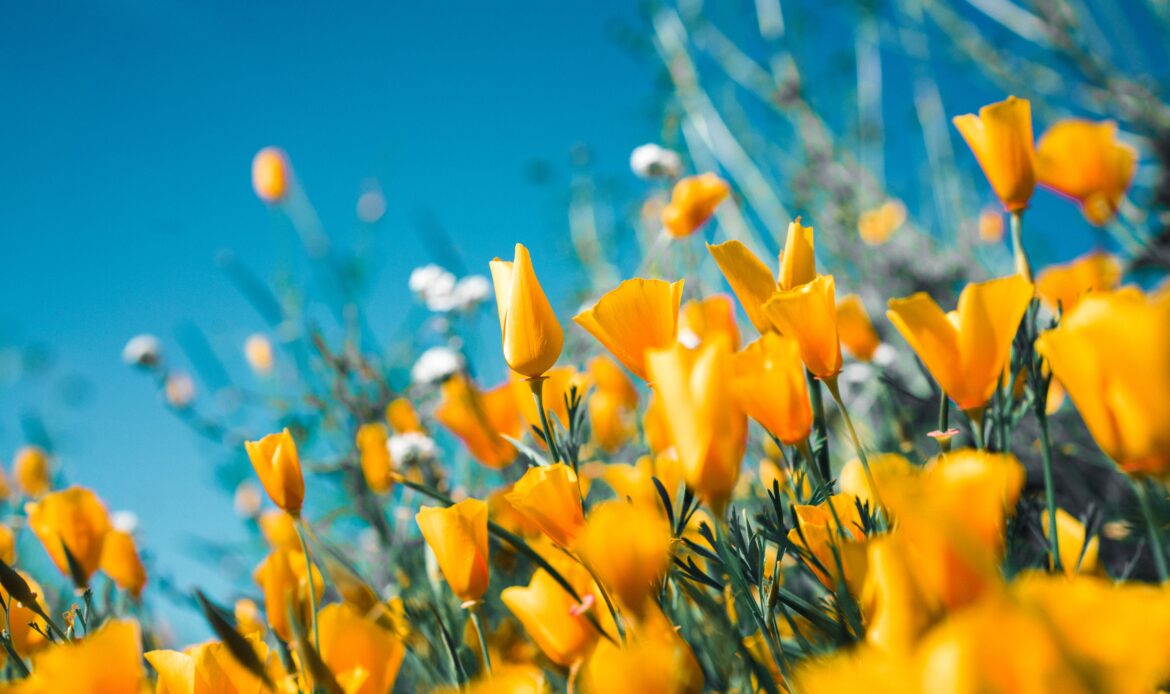In the UK’s lakes and rivers, enchanting animals reside that contribute greatly towards our natural biodiversity. In biodiversity net gain, watercourse units are less popular but key contributors to boosting biodiversity. This article delves into our aquatic ecosystems in lakes and rivers, how it is impacted by the climate and human activity, and a closer look into specific lakes, rivers and key species.
Understanding the Ecosystem of UK Lakes and Rivers
Our aquatic ecosystems are complex, expansive frameworks that host intricate relationships between organisms, human influences and climate patterns. They home a vast array of animals, microorganisms and plants, each crucial in maintaining the ecosystem’s balance and health.
A lake and a river’s ecosystem will share similarities, however it is good to note that lakes can stretch to significant depths, meaning lower levels fail to get sunlight, inhabiting unique plant growths and organisms. They usually have smaller water movement allowing for stratification that allows for layers to be different temperatures. Littoral, limnetic and benthic zones at different layers provide unique habitats meaning that lakes can provide a highly rich biodiversity of flora and fauna.
In contrast, a river is a continuous flow, affecting the distribution of sediment, nutrients and habitats. They are shallower and receive a uniform penetration of light allowing for widespread photosynthesis. A river’s habitats change depending on its stage of course—headwaters, estuary or midstream. Different species will inhabit different stages.

The Role of Climate in Shaping Aquatic Life
Our aquatic environments are largely shaped by our climate. Our often cool climate supports a diverse range of species types, combined with ample rainfall contributing towards a favourable climate for warm and cold-water species. Fish such as trout, perch and salmon enjoy the cool, clear waters of lakes and rivers, and amphibians such as newts and frogs prefer the wetlands that surround them. Ducks, herons, kingfishers and other water birds rely on these ecosystems for food and shelter.
As well as our national and regional climates, the climate’s seasonal shifts directly correlate with aquatic life—when the days get brighter, warmer and longer in spring, aquatic plants bloom into flowers providing food sources to pollinators. In summer, there is peak plant growth that can result in dense mats of floating plants, subsequently slowing in autumn, where some plants begin to die and contribute nutrients back into the water body. In the winter many plants lay dormant in the colder climates, preserving energy, storing nutrients, developing antifreeze proteins and producing tough shields for protection.
The Impact of Human Activity on Aquatic Ecosystems
Aquatic ecosystems are uniquely resilient but fragile and have been permeated by years and years of human activity. Habitat degradation, air pollution, climate change, overfishing, invasive species, water extraction and noise pollution are amongst other effects of agricultural, industrial and urban development that have significantly impacted the natural environment of our rivers and lakes.
Commercial and recreational overfishing, for example, has depleted populations of fish and caused immense biodiversity loss. The migratory patterns of riverine fish like eels or salmon position them vulnerable to overfishing; coming in heavy at certain stages of their life cycle. Lakes too experience overfishing pressures, however their fish are more impacted by invasive species, habitat modification and agricultural runoff (water flowing over fields or farms and back into the river with new substances).
In recognition of this damage to our invaluable ecosystems, protected areas, habitat restoration projects, and sustainable fishing have been implemented. As well as this, the recent policy Biodiversity Net Gain (BNG) means that bodies of water across the UK will now be invested in, restored and enhanced over 30 years to achieve considerable biodiversity gain.
A Closer Look at UK Lakes

UK Lakes
The Unique Fauna of Lake Windermere
The Lake District in Cumbia, northwest England, inhabits the country’s largest lake. It supports a wide range of wildlife, from ospreys to otters, freshwater and zebra mussels and the Arctic Char—an incredibly rare fish species. It reaches a depth of 66 metres, one of England’s deepest, where rarer plants and cold-water fish survive in darker, colder climates.
The Diverse Species of Derwentwater
Also in Cumbria, Derwentwater is the third largest lake in England, 3 miles long and 1 mile wide, covering 5.18 square kilometres. Its aquatic zones host a variety of fish such as perch, pike and trout, and its wetland habitats support amphibians and insects. The lake has prevalent reedbeds that are strong carbon sinks, and offer shelter to many species like fish and amphibians, plus food for other species such as birds (even some called “reed warblers”).
Uniquely, the lake has several islands, its biggest being Derwent Island which hosts birds, small mammals, insects and even bats across managed grounds including Derwent Island House, dating back to the 18th century. It is a treasure trove for nature enthusiasts, and I definitely plan to visit after reading about it.
The Rivers of England
There are many rivers to explore. No matter where you are in the UK, you will never be too far from a gorgeous river supporting a diverse ecosystem and a range of beautiful wildlife. The UK’s rivers differ with diverse lengths, ranging cultural significance, varying geographical spreads and unique economic roles.
The Rich Biodiversity of River Thames
One of the most iconic rivers in England, The Thames boasts diverse wildlife from catching fish to elegant swans gliding through the currents. It homes both grey and common seals, which get spotted frequently, and dolphins and porpoises sometimes visit the Thames.
The Thames was declared biologically dead in the 1950s but was revitalised through expensive cleanup methods, and now supports more than 125 variants of fish, such as smelt, eel and salmon.
The Wildlife of River Severn
Beginning in Plyminon in the Cambrian mountains, the River Severn stretches 220 miles long through Wales and England. It supports freshwater habitats and tidal sections, saltmarshes, mudflats and wetlands. These various habitats are home to a wide selection of fish and bird species, as well as otters which were previously declared extinct, which will improve the river’s water quality.
Iconic Aquatic Animals of England
Among the countless inhabitants of the English lakes and rivers, a few species have garnered fame and adoration for their unique characteristics and remarkable stories. Let’s dive into the lives of these iconic creatures.

The Otters of England’s Waterways
Otters favour water abundant with fish, but can also consume birds, amphibians and small mammals. They bear an endearing charm; fantastic swimmers that use webbed feet to enact expert navigation and refuse to swim in dirty water as they are highly sensitive to pollution. This led to their near extinction, declared critically low in some parts of the 1970s. This was legally recognised in 1981 with the Wildlife and Countryside Act, making otter hunting illegal alongside mass legislation around water quality levels, pesticide bans and habitat-restoring initiatives.
The Famous English Brown Trout
These fish have gained fame as a frequent prized catch for anglers, earning themselves a long history and heritage. Each catch is unique as the fish exhibit diverse ranges of patterns and colourations.
They enjoy well-oxygenated freshwater rivers and streams with ranging speeds of currents. A complex environment contributes towards a healthy lifestyle, with different structures like rocks, logs and undercut banks, as well as vegetation protecting them from predators.
The Migratory Birds of English Lakes and Rivers
English lakes are filled with a range of migratory birds that venture on long journeys to suit the climates of different seasons and locations.
A key example is the Icelandic Whooper Swan, which breeds and raises cygnets in Iceland’s spring and summer, then migrates from Iceland to the UK once the winter has become too harsh, with frozen waterways restricting food. They move to certain lakes of the UK, able to find appropriate food sources of aquatic vegetation, roots, and tubers (mostly herbivores). This journey only takes about a week, as they have incredibly strong flying capabilities. They fly from 8-12 hours a day during migration, sometimes reaching up to 43 mph. The baby swans, cygnets, learn the mitigation route and fly with their parents, capable of long-distance flying from a young age. As the swans can live more than 20 years in the wild, they can make around 18-20 round trips from Iceland to the UK in a lifetime.
Another key example are Ospreys, a bird species that breeds in the UK during spring and summer months, and migrates to West Africa (the closest area of Africa to us) for our winter. This trip takes around 2-4 weeks, as ospreys can fly around 30-40 mph and clock 4-8 hours of flying time a day.
In the UK, they enjoy fishful lakes and reservoirs, river estuaries and woodlands near the water ideal for nesting. In a fantastic sustainable fashion, ospreys tend to reuse their nests year after year. When temperatures cool and winter starts, the birds travel to Africa to enjoy the dry season, a cooler period that remains warm. They inhabit the African freshwater lakes and rivers, feasting on tilapia, catfish and carp.
Conservation Efforts for English Aquatic Wildlife
The Role of the National Trust in Wildlife Conservation
The National Trust, founded in 1985, has employed and enabled devoted wildlife conservationists for 125 years. They manage over 250,000 hectares of countryside and have restored masses of habitats through their dedicated work. Forests, farmlands, moorlands with woodland, bogs or coastal habitats have all been restored by the National Trust. They recognise the importance of our biodiversity and the need for serious conservation measures in place, overall contributing fantastic amounts towards our nation’s net biodiversity level.
Other than wildlife restoration, the National Trust conserves over 775 miles of coastline over England, Wales and Northern Ireland, due to their crucial ecological importance and cultural heritage. They do so by buying the land, preventing developers from building and destroying them, in turn managing erosion by employing natural solutions that strengthen sea defences.
They protect species all across the UK, such as red squirrels, who have been under threat from losses of woodland habitat to development and human activity, and diseases spread from grey squirrels like squirrelpox. The grey squirrels are immune to the virus, but carry it. The red squirrels, unfortunately, often die from it, contaminated from direct contact or feeders. The National Trust maintains and creates habitats for the red squirrels, they control grey squirrel populations, and cautiously monitor them to understand their needs.
Community-Led Initiatives for Aquatic Conservation
Aquatic conservation in the UK is necessary to restore our bodies of water from years of damage from human activity.
A key example of this is the Riverfly Monitoring Initiative which was launched in the early 2000s in various rivers across the UK. This followed early detection of pollution incidents, recognising mass avenues for aquatic damage. They successfully monitored water quality to protect river ecosystems.
Another example is Thames21, running over a decade with ongoing projects. They improve the water quality and habitat condition of rivers in London, including the Lea and Brent as well as the Thames. The initiative gathers thousands of annual volunteers for large-scale clean-up events removing tons of litter from the rivers and streams.

